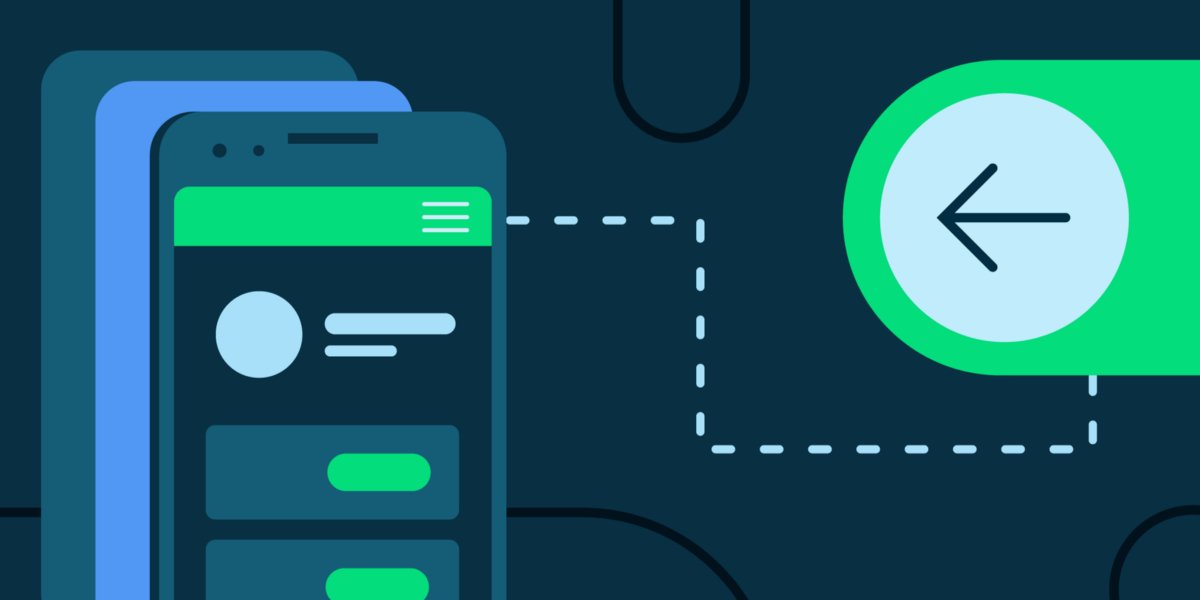Some real-world examples of the Data structure "Stack"👇
A thread🧵
A thread🧵
Stack is a LIFO (Last In First Out) data structure.
🔸A pile of books is an example of a stack. The last book kept on the pile will be removed first i.e LAST IN FIRST OUT (LIFO) data structure 

🔸Activities (Screens) in your Android app are arranged in a stack (the back stack) in the order in which each activity is opened.
An example continued 👇
An example continued 👇
An email app might have one activity to show a list of new messages.
When the user selects a message, a new activity opens to view that message which is added to the back stack.
If the user presses the Back button, that new activity is finished and popped off the stack
When the user selects a message, a new activity opens to view that message which is added to the back stack.
If the user presses the Back button, that new activity is finished and popped off the stack

🔸Women bangles - Women wear a bangle one by one and to pull the first one they have to first pull out the last one. 

🔸Web browsers use the stack to keep track of the history of websites. If you click back then the previous site opens immediately. 

This is the end of the thread.
Real-life examples for other data structures coming soon. Be sure to give a follow to @meetjain74
Also if you liked this Retweet the first tweet
And let me know your thoughts below on this
Real-life examples for other data structures coming soon. Be sure to give a follow to @meetjain74
Also if you liked this Retweet the first tweet
And let me know your thoughts below on this
• • •
Missing some Tweet in this thread? You can try to
force a refresh















